The mosque is one of the largest and the most mysterious mosques in the Muslim world in which the main building was developed in early Islamic period, on the basis of a late Sassanid monument.
The current facade of mosque is related to Seljuk era, however, the most important development projects have been conducted under the Safavid and Buyid dynasties.
Masjed-e-Jame' of Isfahan reflects the Byzantium and classical art in the form of a traditional and Islamic building constructed in Razi Persian architectural style with four-Iwan plan.
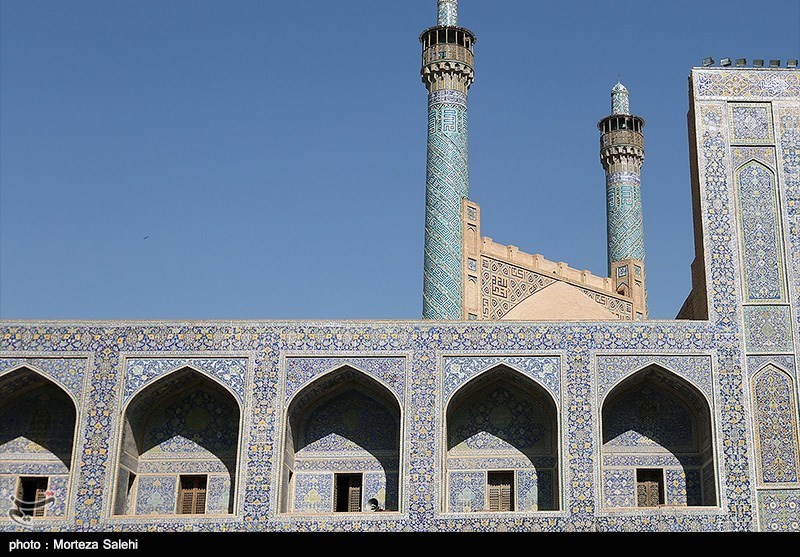
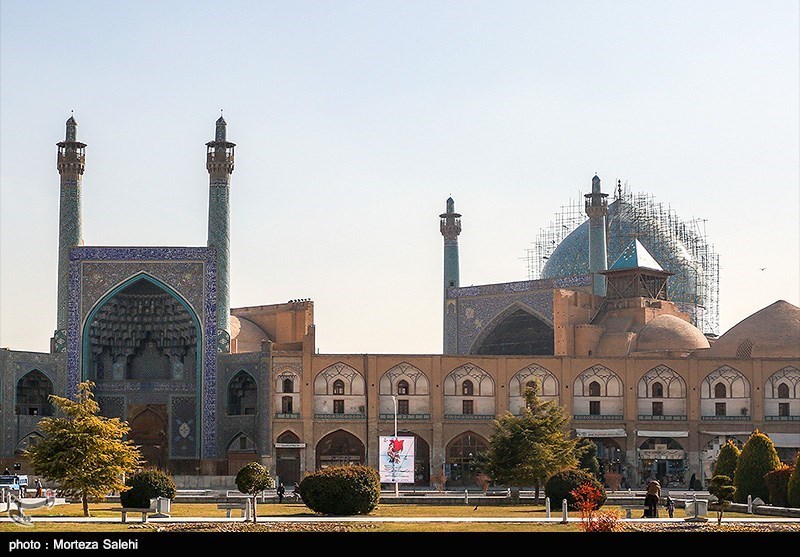
Different sections of the mosque include a four-Iwan courtyard, shabestan, Mozaffari school, small terraces of Daylamites era, Nezamolmolk dome, Taj al-Mulk dome, Oljeitu altar (the most beautiful stucco altar), the most beautiful carved pulpit, four famous porches named Saheb, Ostad, Shagerd, and Darvish, as well as Iwans with muqarnas and Karbandi decoration each of which presents a certain Islamic architectural tendency.
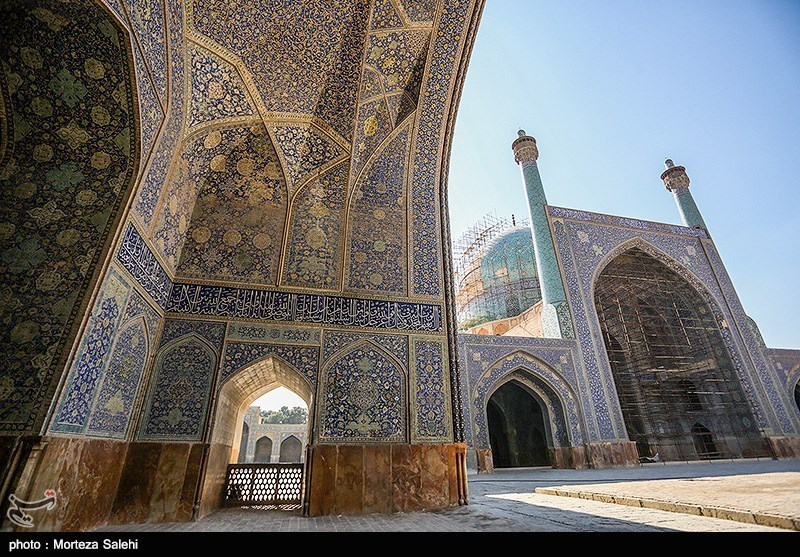
The mosque has multiple entrances linking the inner spaces with nearby contexts. In this exceptional masterpiece, we can see not only different architecture and decoration styles, but also several outstanding inscriptions in Arabic and Persian calligraphy.
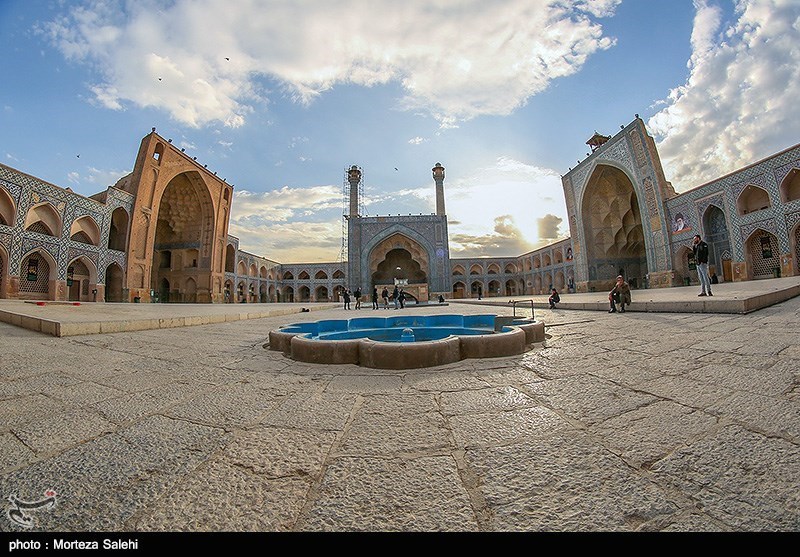
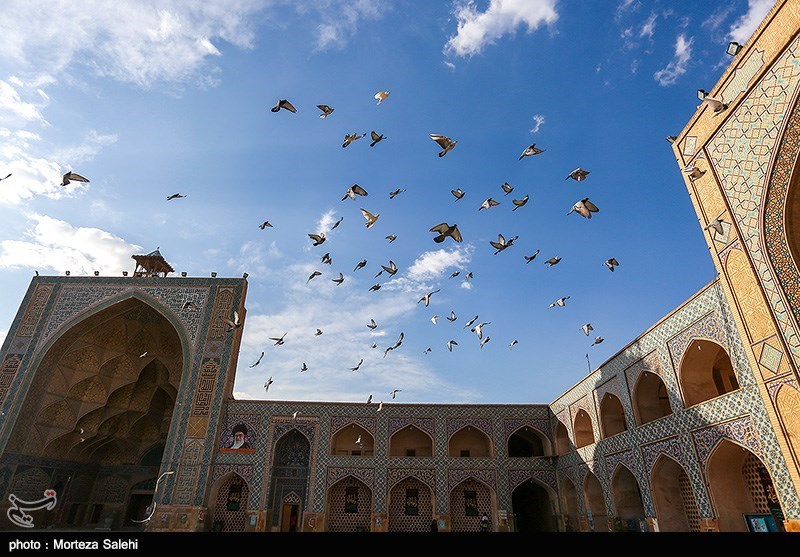
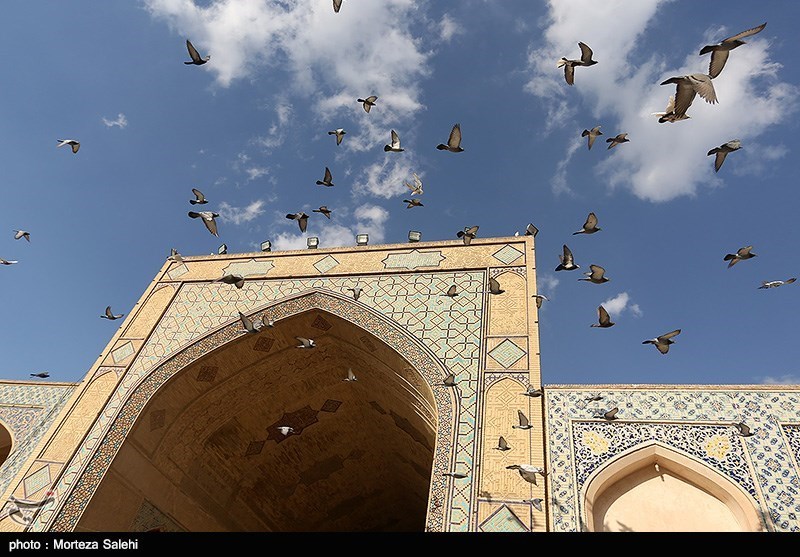
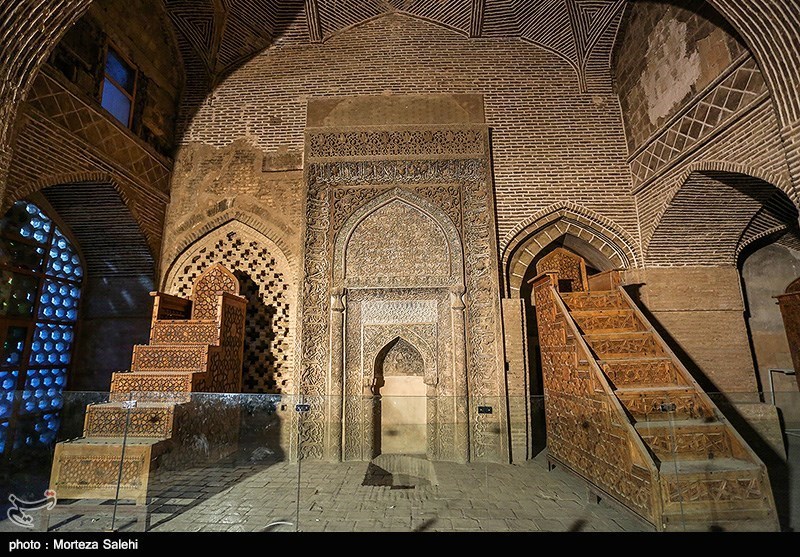
Source: Visitiran.ir